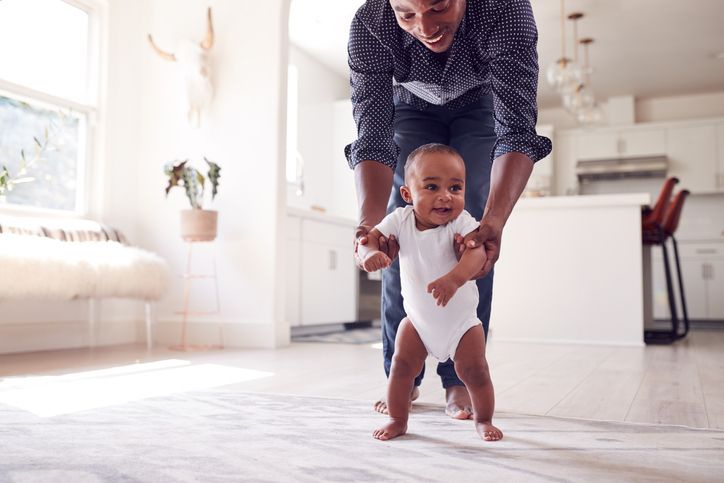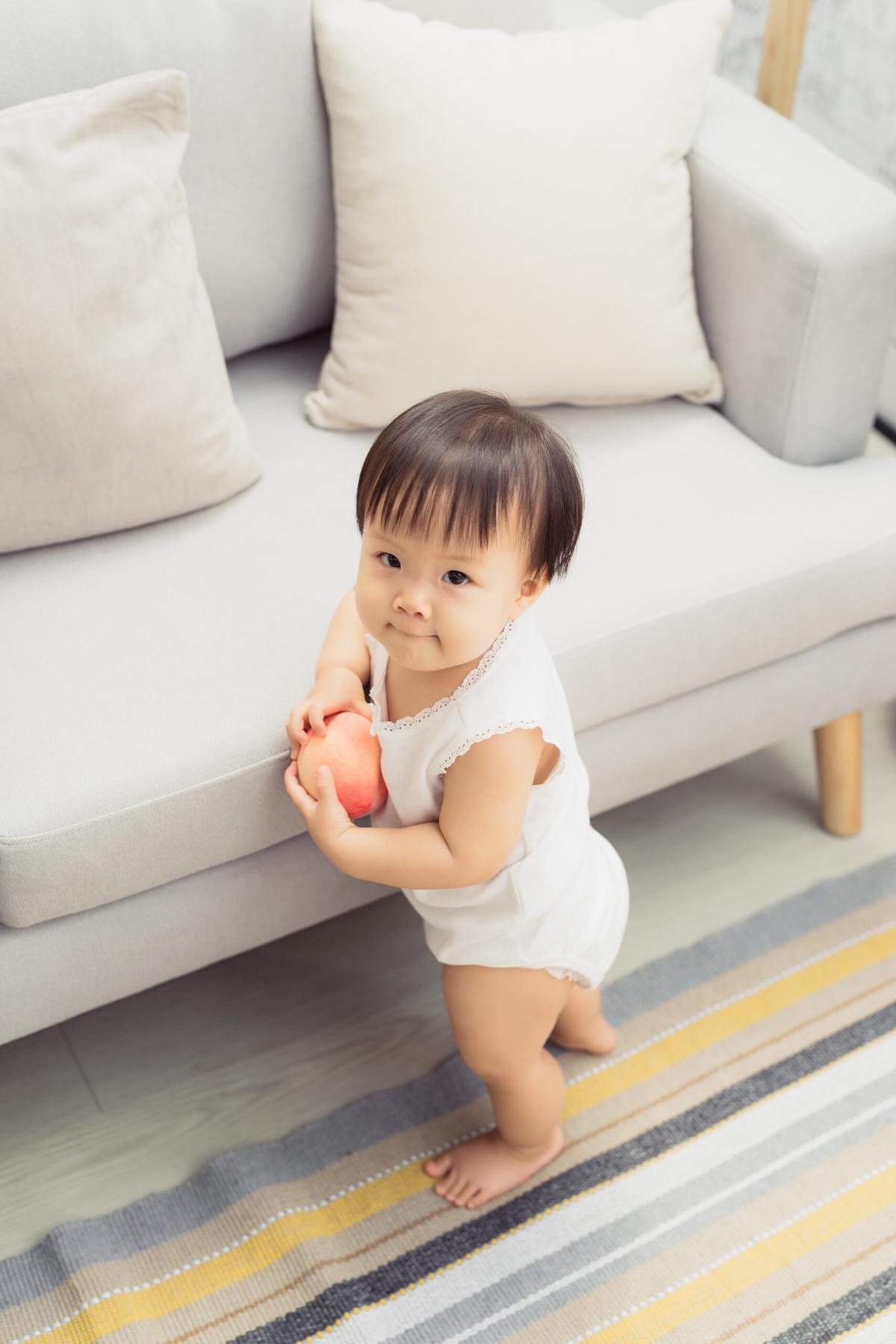How to Help Babies and Toddlers When They Fall

When do babies typically fall? It is common for babies to fall when they are learning to roll, crawl, walk, or stand. This is a normal and unavoidable part of development! It is also common for children to fall while trying a new physical activity, or during playtime.
So what should parents do when baby falls? Here are a few steps to follow when baby falls.
When baby is learning how to move around, it is common (and expected) for them to lose their balance. This can be so scary when it happens! It’s important to remember most of baby’s falls are minor, and falling is typical as children gain motor skills. The steps below can guide parents on how to help baby when they fall.
Step 1: Remain calm.
This is easier said than done! Seeing baby fall is scary. But remember babies are very resilient, so rather than getting upset when baby falls, try to react calmly. This is because baby may look to you to decide if they should be upset or scared.
Step 2: Observe the situation.
If a child is alert and crying after a fall, know that this is a normal reaction.
Look for any obvious signs of injury. Falls are the leading cause of injury for children in the first year of life, but most of the time, these injuries are not severe! If there are obvious signs of severe injury, like excessive bleeding, fractures, or baby is unresponsive, call 9-1-1 or take them to an emergency room.
Step 3: If baby does not have any severe injuries but is crying, comfort them.
If they are easy to console, that’s a great sign! It is ok to acknowledge they fell down by saying something like “Oh, I’m sorry you fell down! Are you ok?” It is better to acknowledge the fall instead of brushing it off and saying something like “you’re ok!”
Step 4: Take care of any minor injuries that baby has.
If baby has any minor cuts or scrapes, clean them with soap and water and cover them with a bandage. You can even lighten the mood while doing this by singing together while you clean their “boo-boo.”
Step 5: Get back to your activity!
If baby is feeling ok and injuries addressed, then show baby it is safe to get back to what they were doing. If a change needs to be made to do their activity safely, then make that change clear.

There are steps you can take to prevent falls as well. Check out some of these top tips to prevent baby from falling.
Baby-proof your home before baby starts crawling, so the home is safe by the time they’re moving independently! This includes baby gates over stairs and blocking off areas that could lead to tumbles.
Try to play on soft surfaces. When playing outside, soft surfaces can be hard to come by, so be extra careful.
Don’t leave baby unattended on a high surface. Even if the surface is soft and low to the ground, such as a couch, baby may roll off of it.
Always have baby sleep in their crib. Remember the ABC’s of safe sleep: baby should always sleep alone, on their back, and in their crib.
Be careful when in the bathroom, as these surfaces can get particularly slippery.
Always keep an eye on baby when they’re moving around independently!





